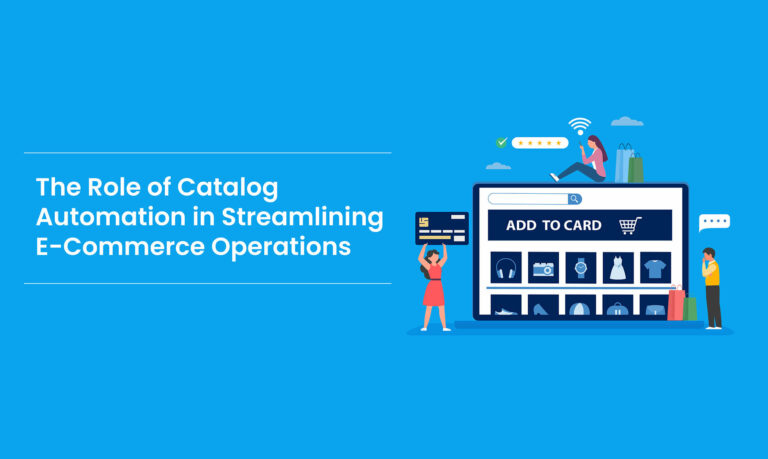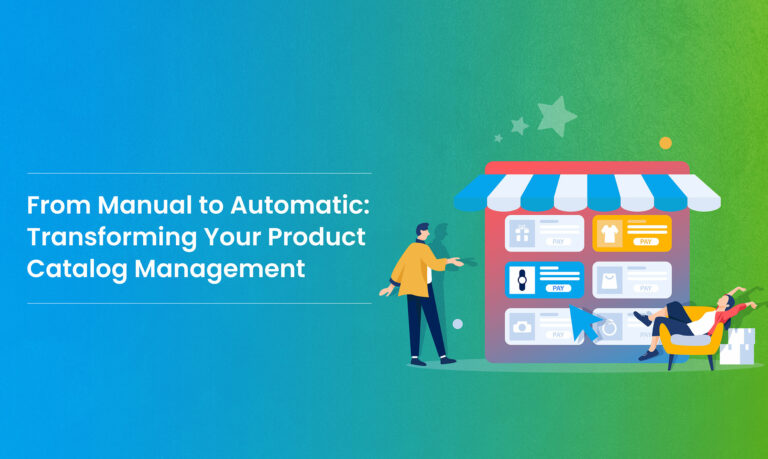Introduction
In the age of the information-driven world, AI-enabled text analytics has become an essential feature for making informed decisions backed by proper intelligence that is used with varying degrees of effectiveness across various businesses. Text analysis techniques founded on AI make reading and using text-based data a photonic process from insights to the interpretation of differential views. The following blog explains the role of this technology and its effects on decision-makers.
Understanding AI and Text Analysis
Text analysis refers to going through, understanding, and inferring from unorganized textual material. In this area, AI is indispensable and uses complex algorithms & NLP approaches to understand language patterns in humans.
Text data for AI is merely something that has been disintegrated into units of words, sentences, or even passages. Eventually, text to be deemed processed by artificial intelligence should now contain, among other things, contextual relations between such elements as separate word views and values before meanings can begin permeating one another within natural relationships, thereby impacting further actions on conversation cognition levels tightly connected with both formal Using techniques such as entity identification, topic modeling, and sentiment analysis AI is capable of deriving out information that can be helpful from a large volume of text.
AI text analytics is used quite frequently. Customer service chatbots are implemented by utilizing NLP algorithms that can intelligently analyze and respond instantaneously based on the questions asked by consumers. AI methods are applied to social media monitoring by analyzing huge amounts of user-created content and calculating the overall attitude toward brands, spheres, or trends in public opinion. The numerical algorithms of AI platforms can also analyze textual nature reports and articles on news to detect market trends and threats.
In the subsequent sections, we shall explore in more detail how text analysis can contribute to decision-making and discuss its application across different fields.
Importance of Text Analysis in Decision-Making
Finding Customer Insights: Through textual information derived from social media interactions, surveys, and customer reviews on various products, it is possible to capture elements of preferences, beliefs, dispositions, and behaviors among customers. Businesses can also assess customers’ satisfaction, identify emerging trends, and have the capacity to tweak their products according to customer needs by using text analysis tools from analyzing this data.
Helping to Make Strategic Decisions: Text analysis shows non-structured textual data sources by turning them into actionable insights, which helps organizations make informed decisions based on the rationalities generated from reliable information content. Using text analysis, companies can develop sound plans for product development initiatives, marketing campaigns, and market growth activities since they can identify things such as industry trends and the strategies adopted by their competitors coupled with the attitudes people have regarding these products.
Improving Customer Experience: Through text analysis as a customer feedback prop analysis, it is possible for businesses to realize the attitudes and preferences of customers. Spotting sentiment patterns, reoccurring issues, and opportunities for improvement, organizations may run targeted initiatives to improve customer loyalty as a one-packaged deal, building up the overall quality of consumer experience.
Enhancing Risk Management: Through the analysis of textual data sources such as news stories, regulatory filings, and industry reports, text analysis often proves helpful in risk assessment and management. Sentiment analysis is just a signal financial organizations can use to determine the market mood and identify intrinsic risks, guiding major recommendations about risk management actions or asset investment.
Text Analysis Applications Across Different Industries
E-commerce and Retail: Text analysis is used to find out which things people like most, determine the demand for certain items, and get information about possible best pricing strategies using customer reviews, product descriptions, and conversations on social media. Sentiment analysis is an instrument that enables e-commerce operators to locate and determine customer satisfaction levels, detect any way the product or service that was sold does not meet their expectations, and consolidate better project buying experiences.
Travel and Hospitality: For a better understanding of tastes, feelings, and sentiments through travel, one may use text analysis in the travel sector to analyze online review survey forms as well as social networks. Sentiment analysis is a technique employed by hotels and transporters such as airlines to trace consumer comments and identify avenues for improvements, enhancing customer satisfaction.
Human Resources and Recruitment: Text analysis analyzes applications, cover letters, and job descriptions. In short, there are three objectives of sentiment text: identifying qualified candidates by matching people’s skills fit according to Sentiment analysis is a kind of tool that HR departments employ to learn the workers’ attitudes; find out any issues inside the organization and take preventive actions as well so as increase job adeptness and happiness.
Legal and Compliance: To identify relevant information, detect threats, and comply with applicable laws, the comprehensive process known as text analysis is used in legal research endeavors, contract analyses, and regulatory compliance. To make strategic decisions and help mitigate legal risks, law firms apply text analysis to investigate case law documents, regulatory papers about this field, and even simply contractual set-ups between parties.
Manufacturing and Supply Chain: To increase inventory management, enhance the effectiveness of production efficiency, and improve product quality, text analysis has been employed to analyze supply chain information and client reviews, in addition to ponuts reports. Sentiment analysis is an instrument that suppliers use to monitor supplier response, disrupt any disturbances within the supply chain process, and formulate risk management as well as associated with Supplier Relations strategies.
Education and e-learning: To analyze the effectiveness of instruction, identify areas for improvement, and tailor learning contexts, text analytics is used in the education sector, which enables analyzing student comments, course evaluations, and virtual discussions. Sentiment analysis is one of the tools used by e-learning platforms to measure students’ attitudes and engagement levels and customize course materials for each student according to their unique needs.
Real estate and property management: To detect market trends, evaluate property value, and enhance rental pricing strategies, text analysis is used for property listings, rental agreements, and tenant comments. Sentiment analysis is a tool used by property management firms to track tenant input, quickly resolve maintenance concerns, and raise tenant satisfaction.
Integration of Text Analysis into Decision-Making Processes
Businesses must include text analysis in their decision-making procedures to remain competitive and make wise choices. Organizations may get important insights from unstructured data sources like customer reviews, social media interactions, and market trends by integrating text analysis into their current systems and workflows.
Using abundant information in textual data is one of the integration’s main functions. Traditional approaches frequently need to improve when analyzing data when dealing with unstructured text. Artificial intelligence (AI)-powered text analysis can glean deeper insights into competition tactics, market trends, and client preferences by identifying patterns and feelings within vast amounts of text.
Several tactics are needed for text analysis to be implemented effectively. To use text analysis, firms must first decide their exact aims and objectives. Whether the goal is to enhance customer happiness, spot new trends, or maximize marketing tactics, the implementation process will be guided by well-defined objectives.
The next step for organizations is to choose the appropriate technology and tools for text analysis. This might entail selecting AI-powered platforms or creating custom internal solutions to meet their requirements. Furthermore, accurate analysis depends on the quality and relevancy of the data sources. Text data may be cleaned and preprocessed to reduce noise and increase the insights’ accuracy.
Different Types of Text Analysis Methods
A range of methods are used in text analysis to obtain valuable information from textual material. Named entity recognition, document categorization, and text summarization are three well-known methods.
Named Entity Recognition (NER) is locating and classifying entities in text, including individuals, places, dates, organizations, and numerical expressions. In real-world applications, NER can pull names from product evaluations, highlight important characters in news stories, and pull dates and locations from event descriptions.
Document classification is grouping documents according to their content into predetermined groupings or categories. This method is frequently applied to topic tagging, sentiment analysis, spam detection, and email filtering. Document categorization, for example, can assist companies in classifying social media posts into good, negative, or neutral mood categories or automatically forward customer service emails to the relevant departments.
Prospects & Trends for the Future
We expect substantial improvements in AI-driven text analysis as the field develops. One such development is using deep learning approaches, including transformer models like GPT (Generative Pre-trained Transformer), which are excellent at comprehending context and producing writing that sounds human. More precise sentiment analysis, language translation, and content creation may result.
Furthermore, more comprehensive analysis and insights may be made possible by developing multimodal AI, which blends text with additional data types like images and videos. Potential advantages include enhanced personalization, predictive analytics, and real-time decision assistance, which enable industries to make even more informed and fast decisions.
Conclusion
In conclusion, AI-driven text analysis is essential for promoting wise decisions in various sectors by helping businesses effectively glean insightful information from textual data. By using its cutting-edge AI solutions to streamline eCommerce cataloging, Rubick.ai further improves this procedure and gives sellers and brands the tools they need to succeed in the online market.

